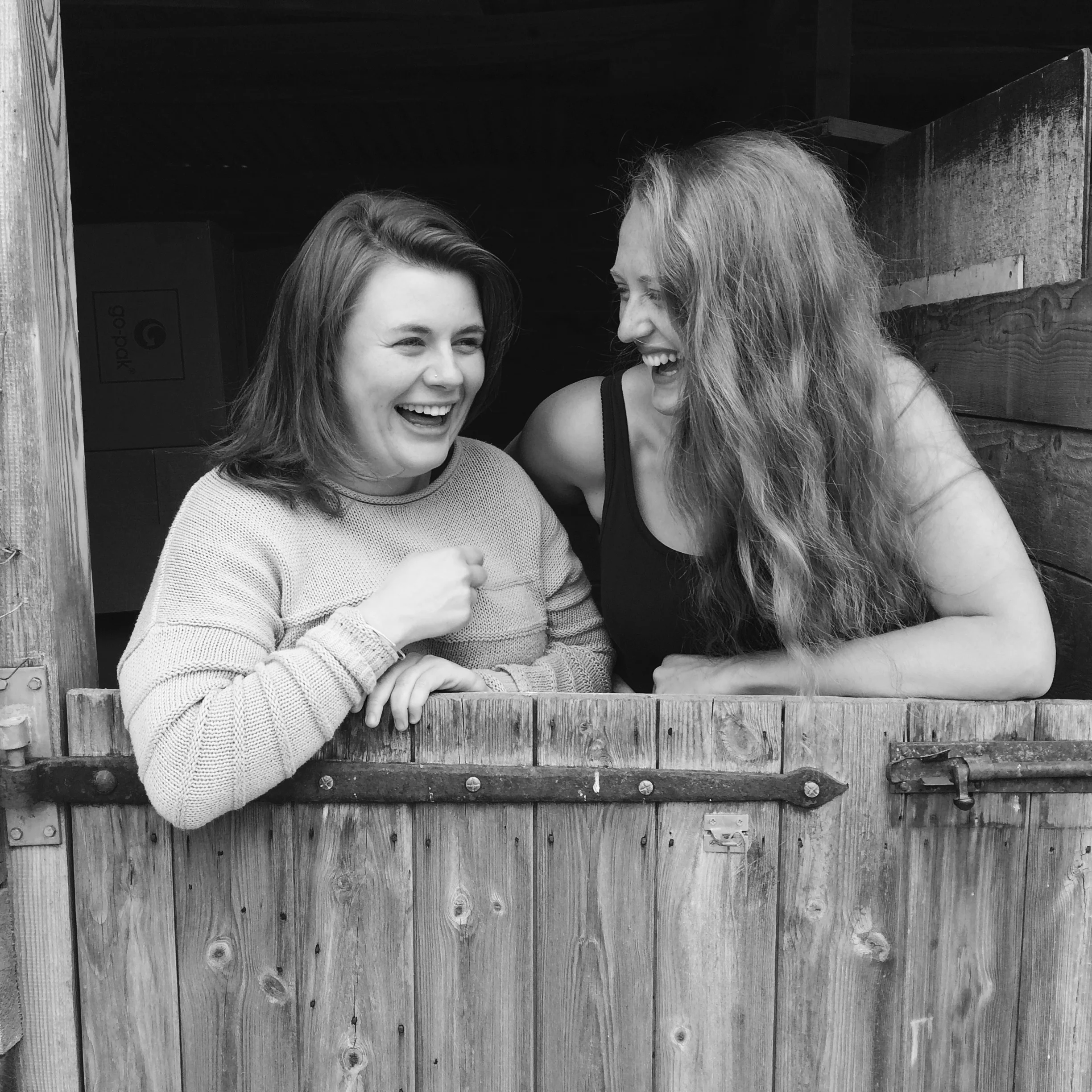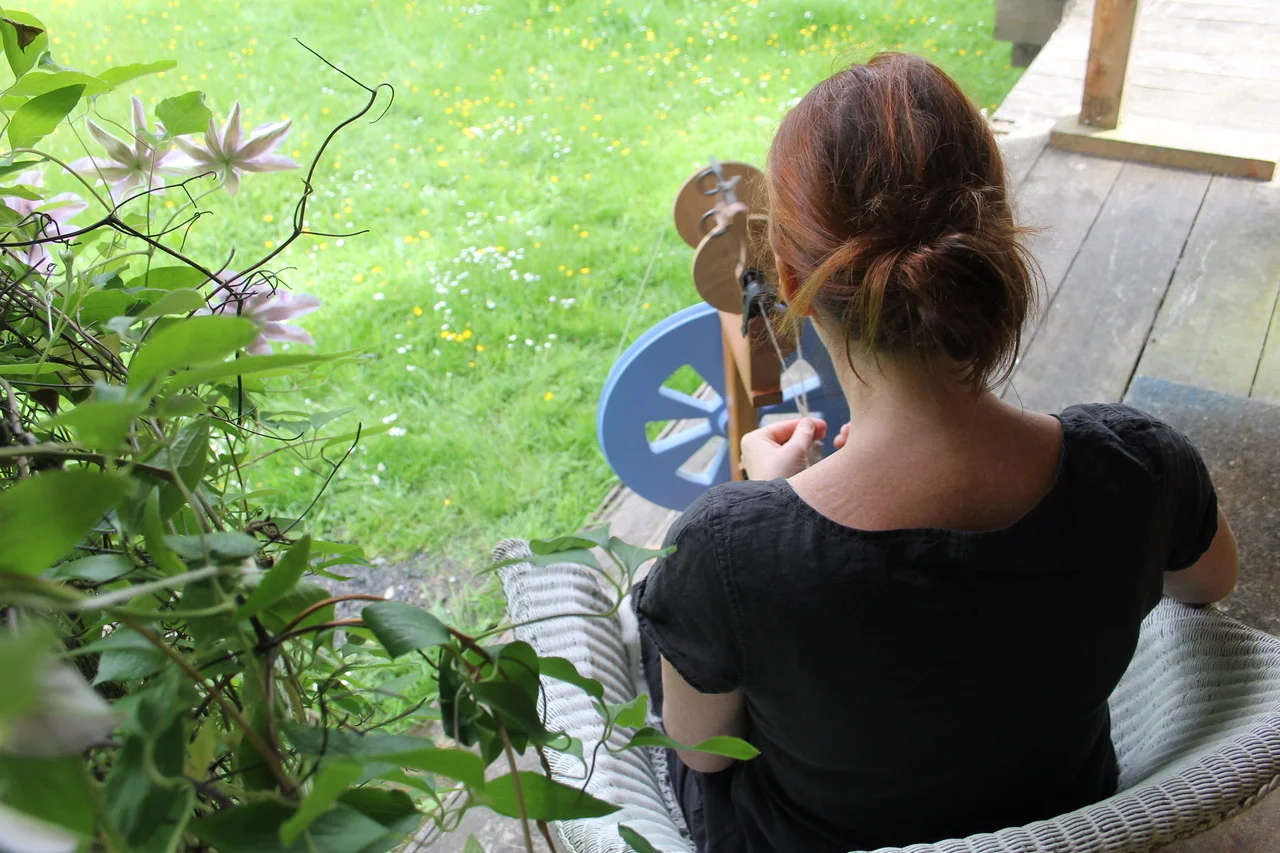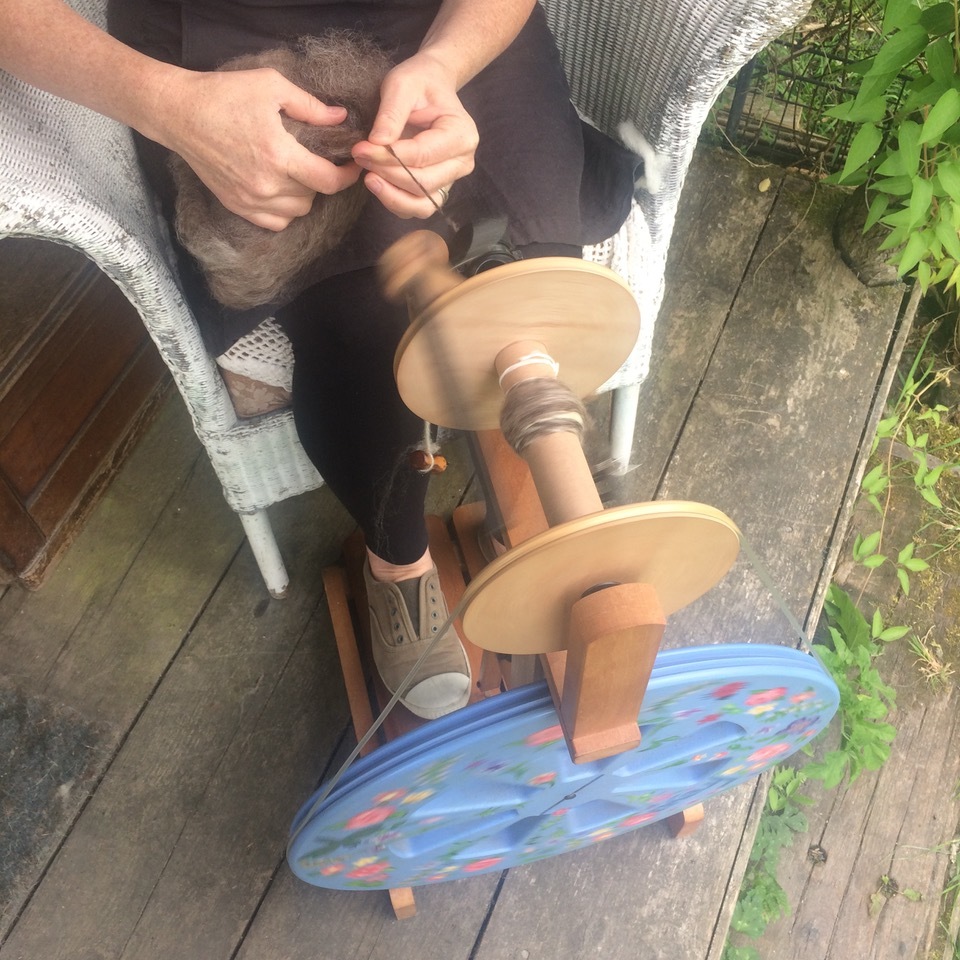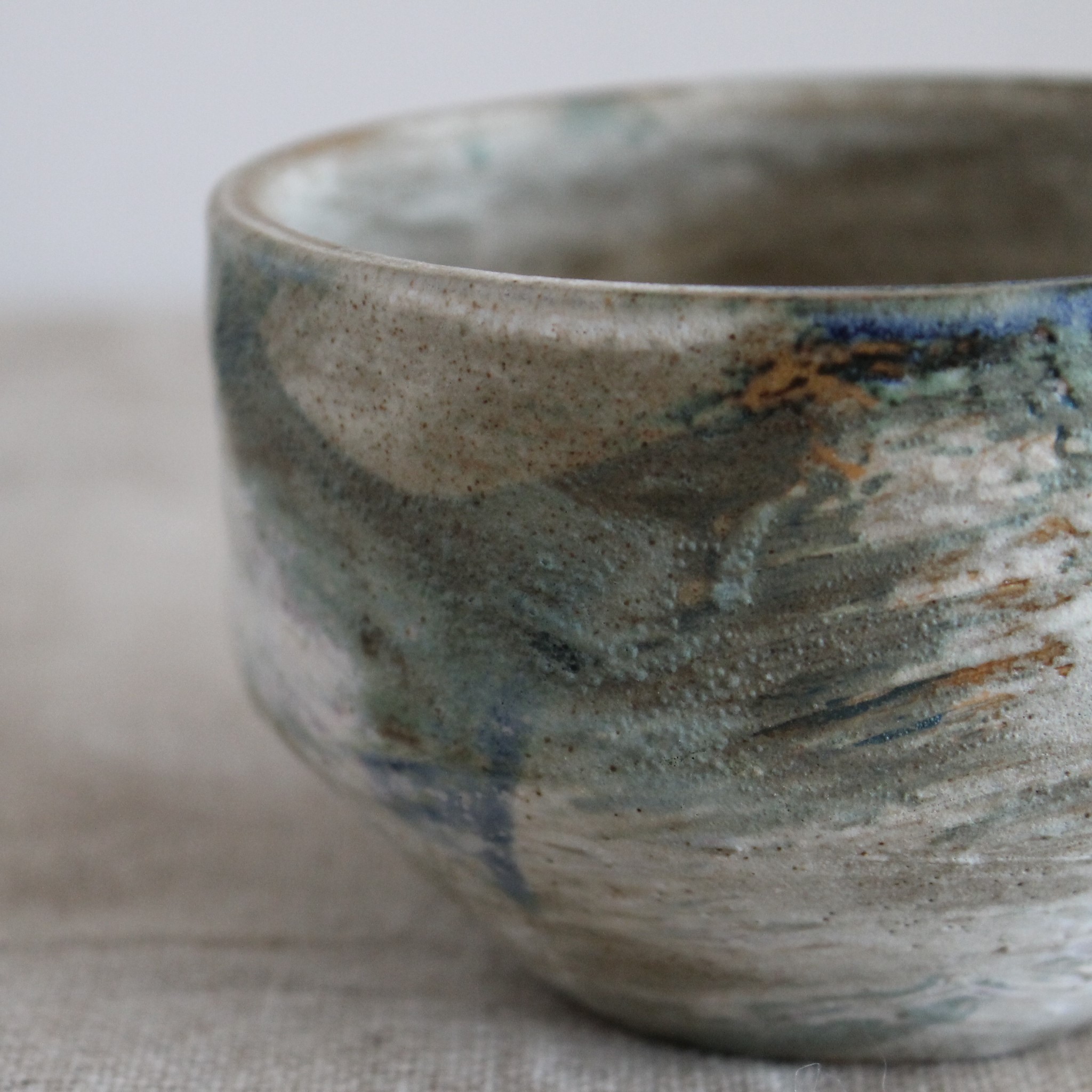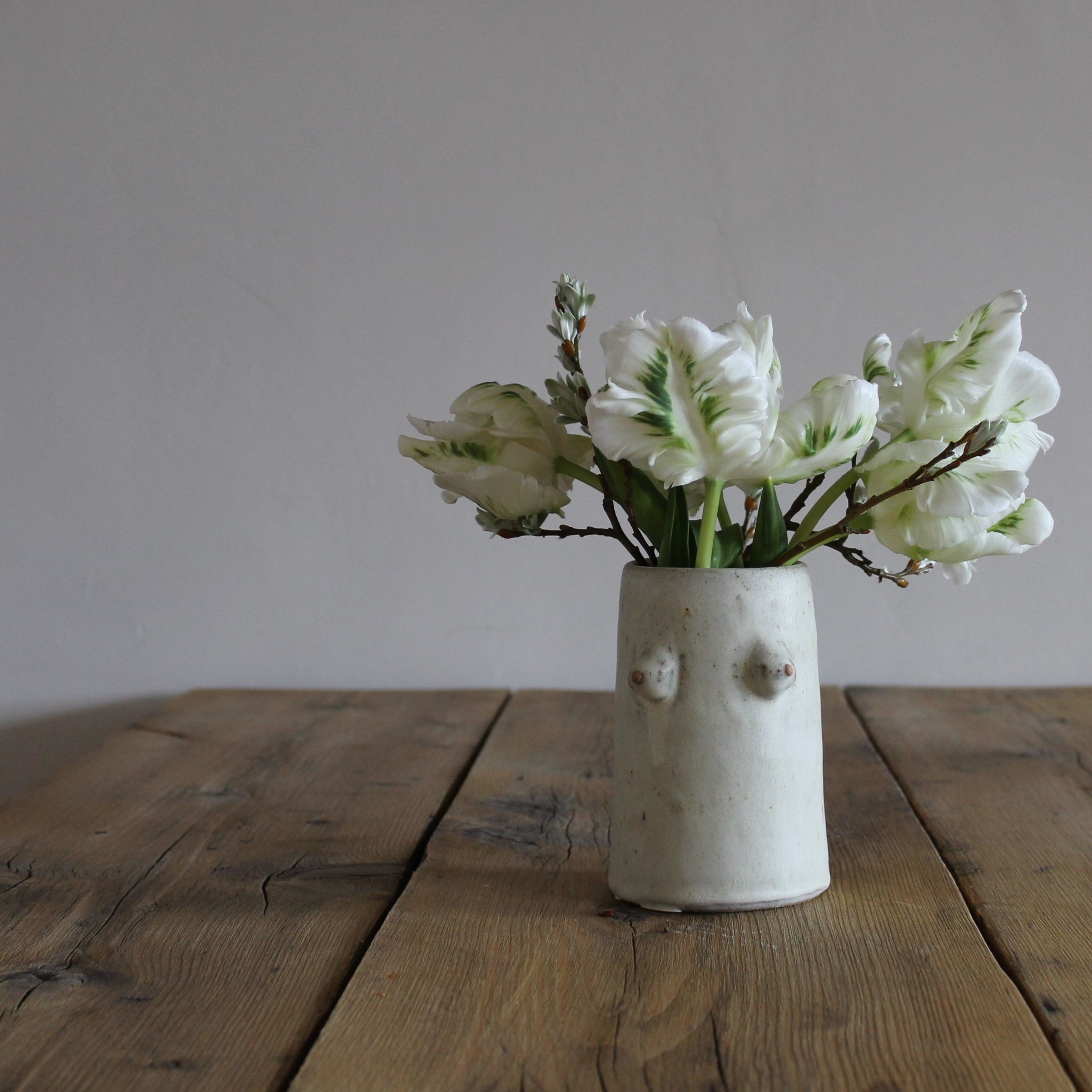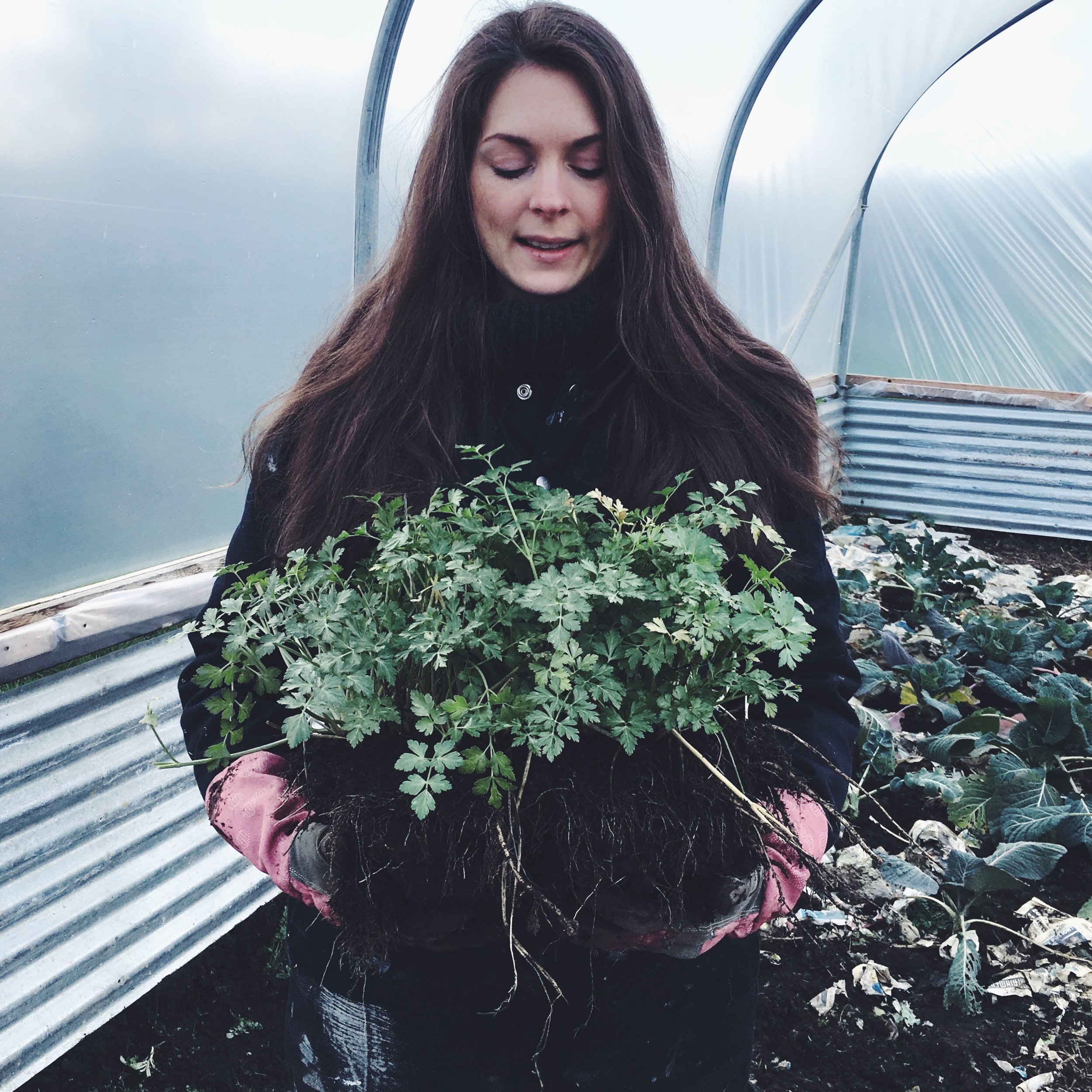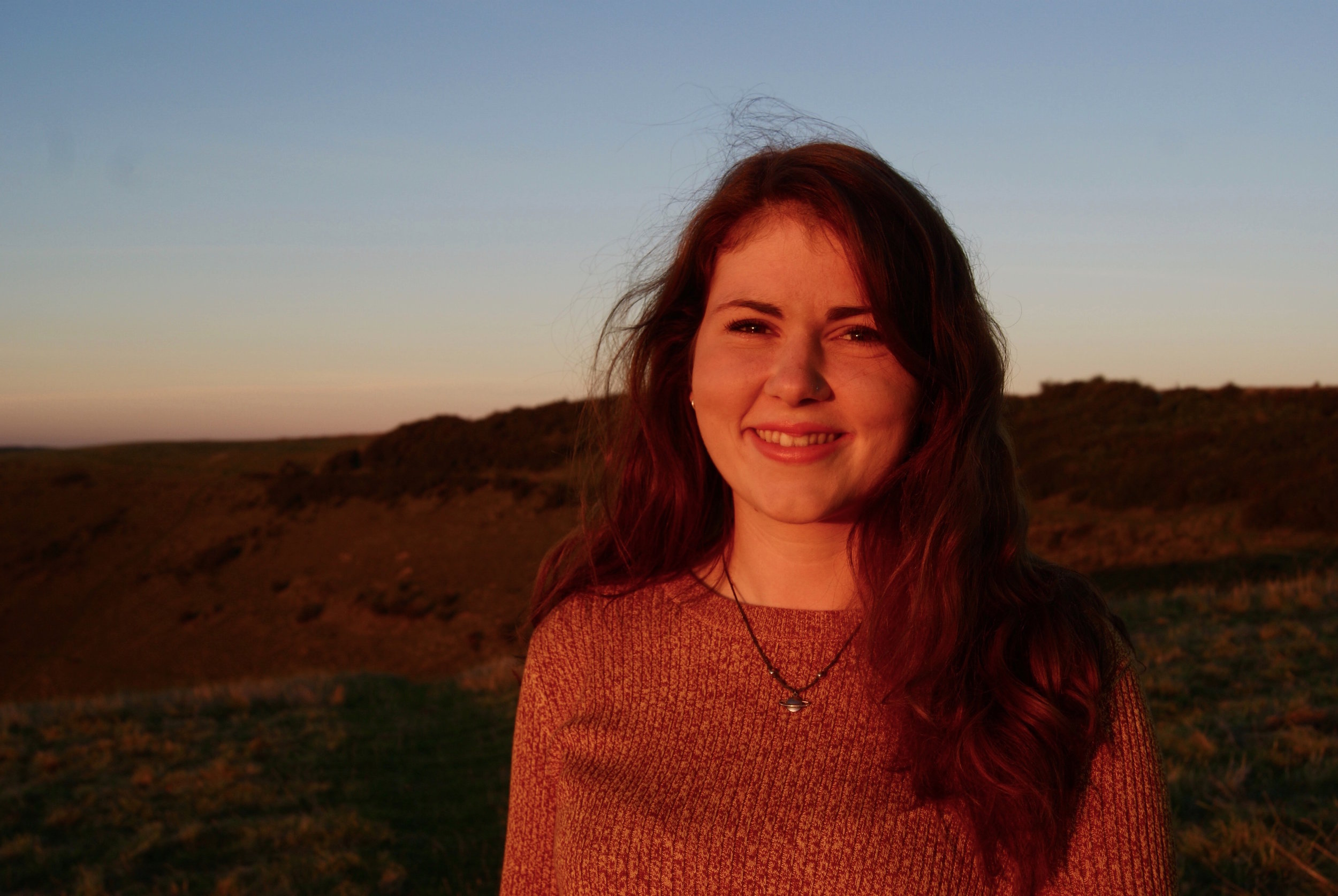Today we're introducing you to IzziRainey, a small textile business based on a family farm in Norfolk.
Nicola: I’d love for you to start by telling us the story behind how Izzi Rainey started, and what it is you do?
Lara: Hi. IzziRainey is a small textile business based on Izzi’s family’s farm in Norfolk. We design and manufacture high quality homewares, stationary, kitchenwares and small accessory products. Izzi takes all of her inspiration for her designs from farm life and the Norfolk countryside. All of our products are made in the UK, and most are made by Izzi here on the farm!
Izzi and I have been friends since we were 13; just before we graduated, she mentioned that she wanted to start her own textile business back in Norfolk. I jumped at the chance to work alongside my best friend, and had always loved her designs, so in the summer of 2014, IzziRainey began!
Nicola: Can you tell us about the different roles you both have in the business and why you think you work so well together?
Lara: Izzi is the sole designer for the business, she does all the marketing and makes a majority of the products that we sell here on the farm- she is the genius behind it all!
I am more in charge of the day to day running of the business; managing our customer and trade customers, planning our fairs, the money side of things and general everyday tasks.
Nicola: Can you share with us how growing up on a farm in Norfolk has inspired the work you do today?
Lara: Izzi has lived here on the farm all her life; she has been showing her Highland cattle since she was six and has always been involved in the day to day running of the farm. This has been such a huge influence in her life and subsequently in her designs - all are inspired by her family’s farm, the surrounding Norfolk countryside and other local farmers' livestock. The farm is still very much part of everyday life here at IzziRainey.
Photo: Tom at Gnowangerup Cottage
Nicola: What do you love most about what you do?
Izzi: I love being able to combine my passion for design and for farming by being able to design prints that have been inspired by my family’s home and our idyllic surroundings here in Norfolk. By having our studio here it means I can still play a big role in the farm but also able to run IzziRainey too!
Lara: I love working with someone who is so creative, as I’m not. I find it so interesting seeing something start as a simple pencil drawing and end up as a finished product- it is always amazing seeing the journey of a product. I also love being able to work with my best friend- there are always lots of laughs!
Nicola: I’d love to know more about the process of how your work develops from initial idea to the final piece.
Lara: Izzi starts by collecting imagery and doing drawing of different ideas, these ideas are then translated into prints through a wealth of hand stamped techniques, which form the basis of all the fabric designs. These are then sent off to be digitally printed into lengths of fabric here in the UK. Even though the fabric is digitally printed it still retains the textural quality of Izzi’s original hand stamped prints.
The fabric then returns to us to be made into the products that you see in the shops and online. Many of the fabric products are made here on the farm, however over the last few years we have begun to outsource some of the production too- just so we can keep up with it all! But everything is still made in the UK - British design and manufacturing is at the heart of our business.
Nicola: Can you tell us more about where you live, your workspace, and what a typical day for you both is like?
Lara: We live in the heart of rural Norfolk, and our studio is based in a converted old dairy. We are very much in the ‘farmyard’ with Monty the Highland Pony next door and chickens wandering around too. Our studio is a hub of activity - it is where all the designing happens, products get made, orders get packaged plus lots more.
Day to day, Izzi arrives at the farm about 7 to feed and check on all her cattle before we both start in the studio. Izzi will generally be making products, designing new prints, getting inspiration from local farmers for new ideas and I will be sorting orders, finding new places for our products to be sold and generally making sure the quality of our service matches the high quality of our products! Days obviously vary dramatically as Izzi may be needed on the farm or we may be out and about at fairs or seeing shops- we take every day as it comes!
Nicola: And lastly, if someone reading your story were inspired to follow their own creative dream, what advice would you give them?
Lara: Just go for it - if you feel that you want to give it a go then you should. It is an invaluable process to go through and full of fun too. All I will say is never be afraid to ask questions and make mistakes. We have spent the last four years trying to learn as much as possible through talking to people and asking lots of questions- you learn so much from other people who have done it all already!
Visit the website, or follow IzziRainey on Instagram, Twitter and Facebook.

